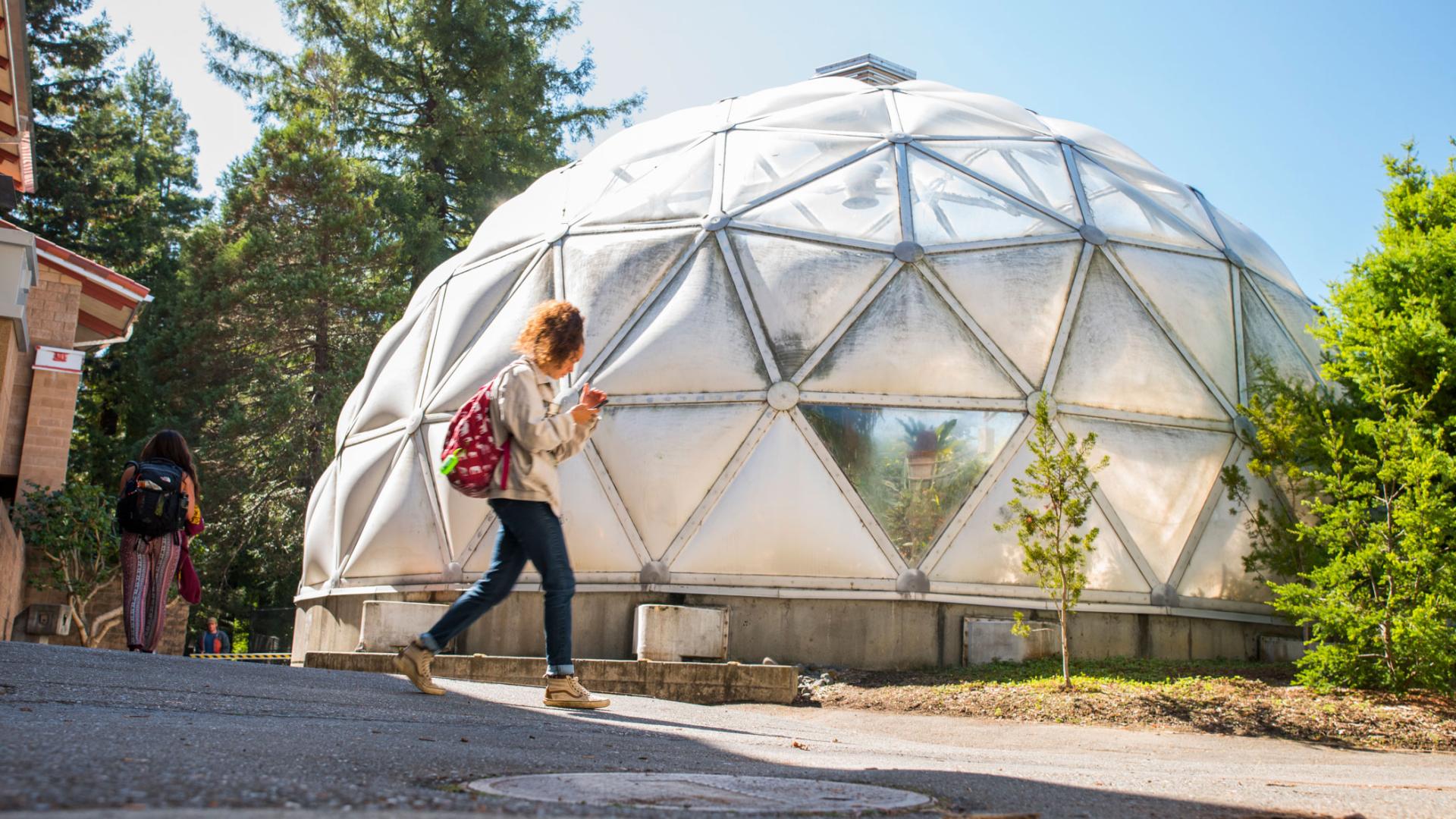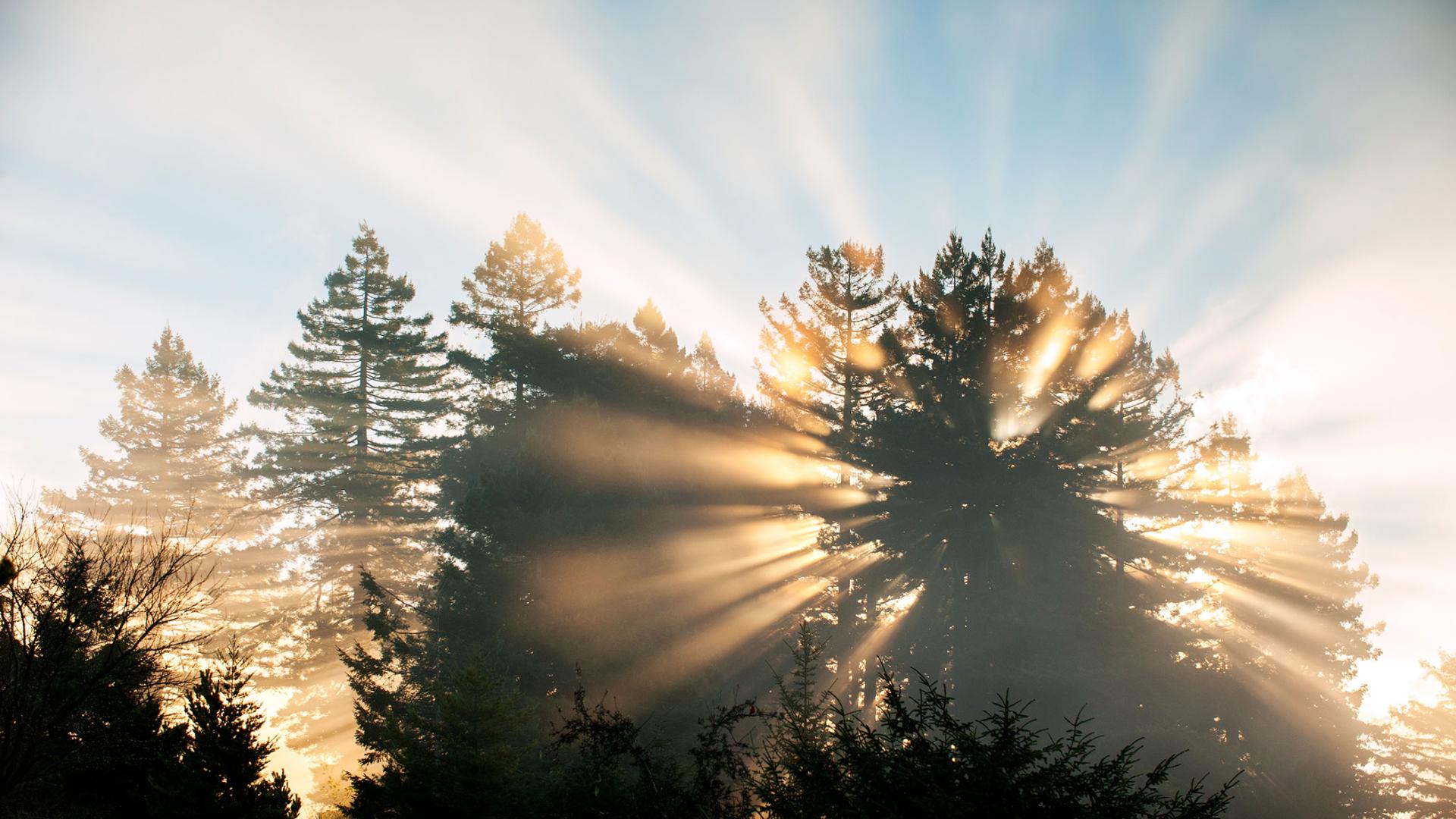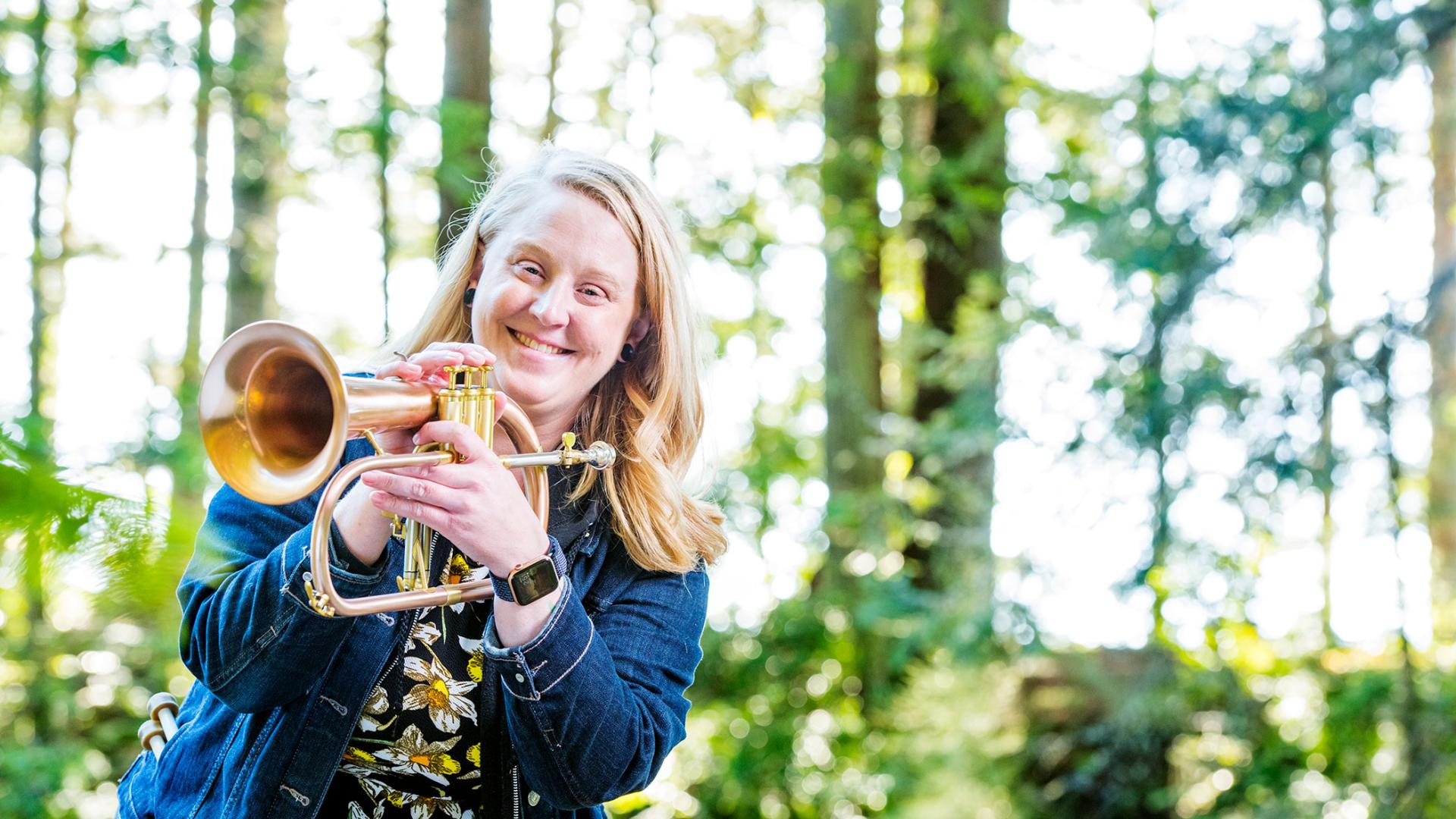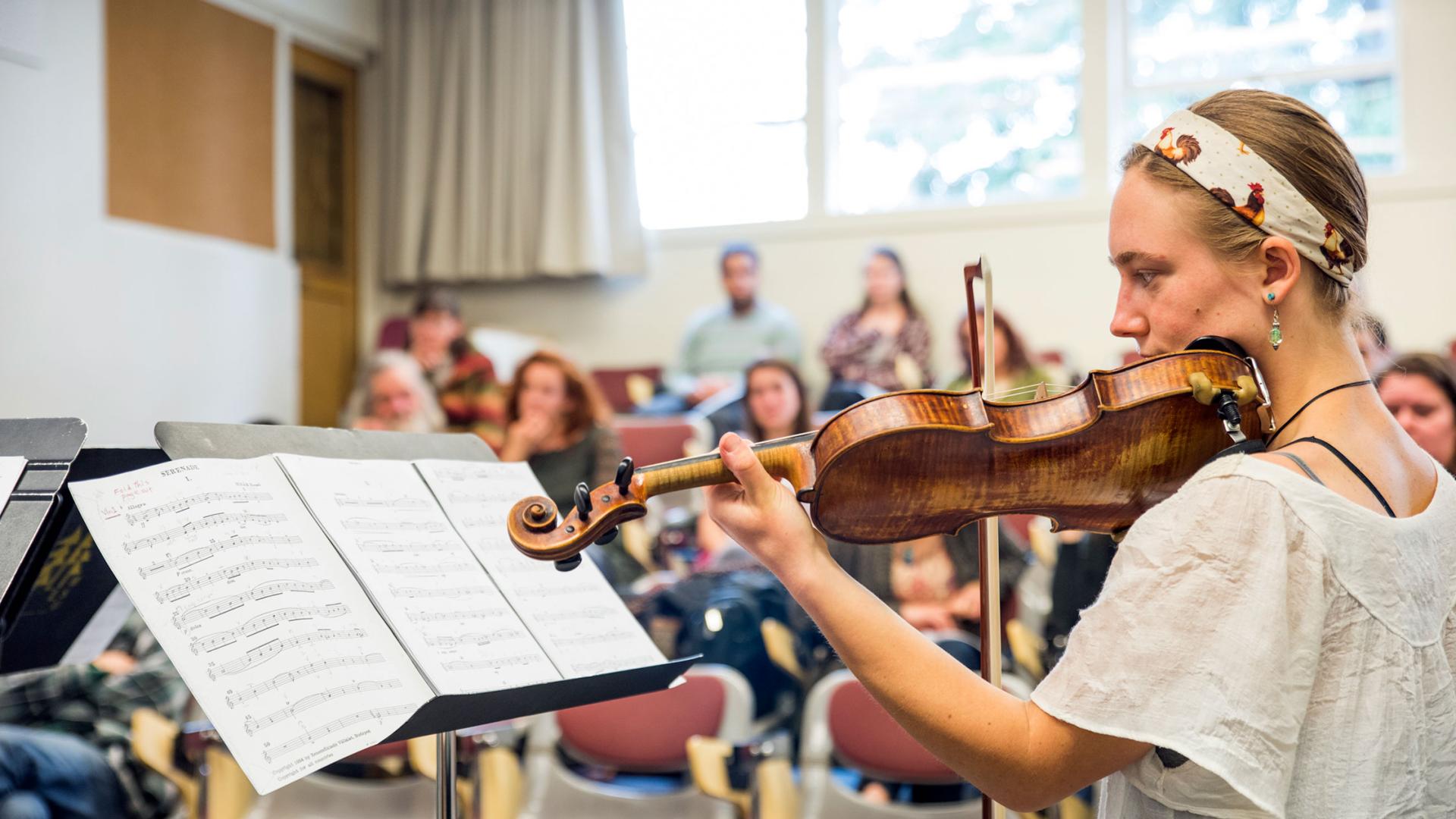Breadcrumb
Achievements
Publications and achievements submitted by our faculty, staff, and students.
William Wood
Chemistry
On February 18, William Wood, HSU Chemical Ecologist, gave a lecture to the Humboldt Bay Mycological Society: titled “Hallucinogens – Natures Ultimate Chemical Defense.” This talk covered various methods plants and animals use chemical to keep predators at bay. Hallucinogens were described as an “ultimate” means of chemical defense as it targets animal neurotransmitters in the brain. Animals who ingest plants or mushrooms that contain psychotropic chemicals have a “bad trip” and in the future avoid them.
Richard A. Paselk
Chemistry
Professor Richard A. Paselk's Display of Twentieth-Century Scientific Instruments at Humboldt State University is featured in Silke Ackerman, Richard Kremer & Mara Miniati (Eds.) Scientific Instruments on Display [History of Science and Medicine Library, Volume 46 / Scientific Instruments and Collections, Volume 4] (pp 148–158). Brill Academic Pub, Leiden (2014).
William F. Wood
Chemistry
Professor William Wood made a Science Café presentation “Why are Mushrooms Toxic?” at this month’s “Science on Tap” night at Blondie’s. Science Cafés are events that take place in casual settings such as pubs and coffeehouses, are open to everyone, and feature an engaging conversation with a scientist about a particular topic, according to organizers. Chris Harmon (Chemistry Department) is the organizer for this year's Science On Tap presentations.
William F. Wood
Chemistry
Professor William Wood was recently interviewed in an _Outside_ magazine article on skunk spray. Wood specializes in chemical ecology, or the way plants and animals use chemicals to convey messages in nature. He is an Emeritus Professor in Chemistry. For the full "article":http://www.outsideonline.com/outdoor-adventure/nature/On-the-Very-Smell….
William Wood
Chemistry
William Wood was the winner of the “Most Likely to Change the World” award for his research commentary on The Academic Minute. This broadcast was part of Northeast Public Radio’s daily program on research from campuses around the world.
William Wood
Chemistry
Professor William Wood and student co-authors Jay A. Brandes, Brian D. Foy, Christopher G. Morgan, Thierry D. Mann and Darvin A. DeShazer published a report on the maple syrup odor of the candy cap mushroom. The project culminated 25 years of research, since identification of the chemical responsible for the unique odor has been elusive. The odor causing chemical, quabalactone III, is not present in living candy cap mushrooms. It is only found in dried mushrooms and likely results from the reaction of a rare amino acid on desiccation.
This research was published in Biosystematics and Ecology [Volume 43, 51-53 (2012)].
William Wood
Chemistry
William Wood published a report on the volatile organic compounds from first year canes of the invasive Himalayan blackberry. Succulent young leaves had chemicals that were not present in mature leaves. These chemicals showed significant activity against the feeding of banana slugs and are known to repel aphids.
Banana slug antifeedant in the growing cane tips of Himalayan Berry, Rubus armeniacus. William F. Wood. Biochemical Systematics and Ecology 41, 126-129 (2012).
William F. Wood
Chemistry
On Jan. 26, 2012, Professor Wood presented a worldwide American Chemical Society WebinarTM to 500 participants titled: Chemistry Stinks! And How Nature Uses These Noxious Chemicals. The webinar consisted of a 20 minute presentation of his research on skunks, giraffes, garter snakes, wolverines and weasels followed by 30 minutes of questions and answers from the audience. The program was moderated by Professor Darren Griffin, University of Kent, UK. In the future, this ACS Webinar will be available for viewing at http://acswebinars.org/.
William Wood
Chemistry
An article titled “The Triangle in Photographic Composition,” and four of his photographs were published in the October issue of Redwood Snapshots, a publication of the Redwood Camera Club.
The article explores the field of Gestalt psychology for possible reasons why the triangular form enhances photographic composition. Gestalt psychology explains why people perceive visual components as organized patterns or wholes, instead of many different parts. The generation of triangular images where none exist is a major illustration of the Gestalt theory. This helps explain why photographs that contain triangular forms can have higher impact than those that don’t.
William Wood
Chemistry
William Wood published a report on the identification of 2-ethyl-3-methylpyrazine from the scent glands of male pronghorn antelope. Previously, this hazel nut odor compound has only been identified from plants and is likely used in territorial marking by these animals.
2-Ethyl-3-methylpyrazine in the subauricular and median glands of pronghorn, Antilocapra americana. William F. Wood. Biochemical Systematics and Ecology 39, 159-169 (2011).





